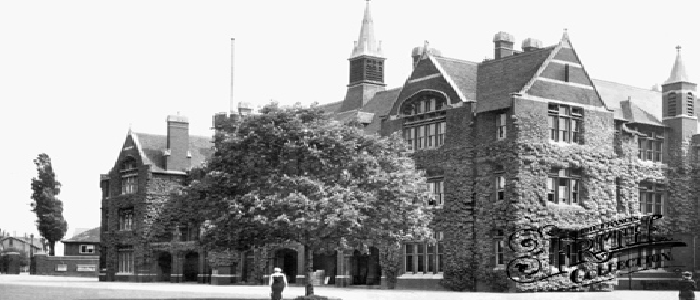I'd be surprised if you already knew this cold environment landform (including you upper sixth), pingos are found in periglacial conditions, meaning they are found around the edge of ice sheets. This means you can find pingos in located areas such as the largest, at 48m high, the Ibyuk pingo in Canada(above), but pingos are also recognisable on the surface of Mars, indicating periglacial conditions there. Clearly at this point we should discuss what a pingo is. A pingo in the simplest terms is a hill with a core of ice, it is formed when water often from lakes found above collects in a talik (basically a ball of underground water) and the freezes, as it freezes it expands pushing the ground above up into the characteristic dome shape. These domes can vary between 100m and 2km wide. They are commonly found in periglacial conditions in Siberia, Greenland, Alaska and Canada.
James Winder
This message has been sent through the Bedford School email Server, and is intended for the addressee(s) only. If you have received this message in error, please contact the sender, or administrator@bedfordschool.org.uk, and delete the email. The views expressed are the views of the sender, and not necessarily the views of the School. The information in this message may be confidential and should not be read, copied, or otherwise distributed unless permission is given. Bedford School is part of The Harpur Trust: a company limited by guarantee. Registered in England: Company No. 3475202. Registered Office: Pilgrim Centre, Brickhill Drive, Bedford, MK41 7PZ. Registered Charity No. 1066861
















